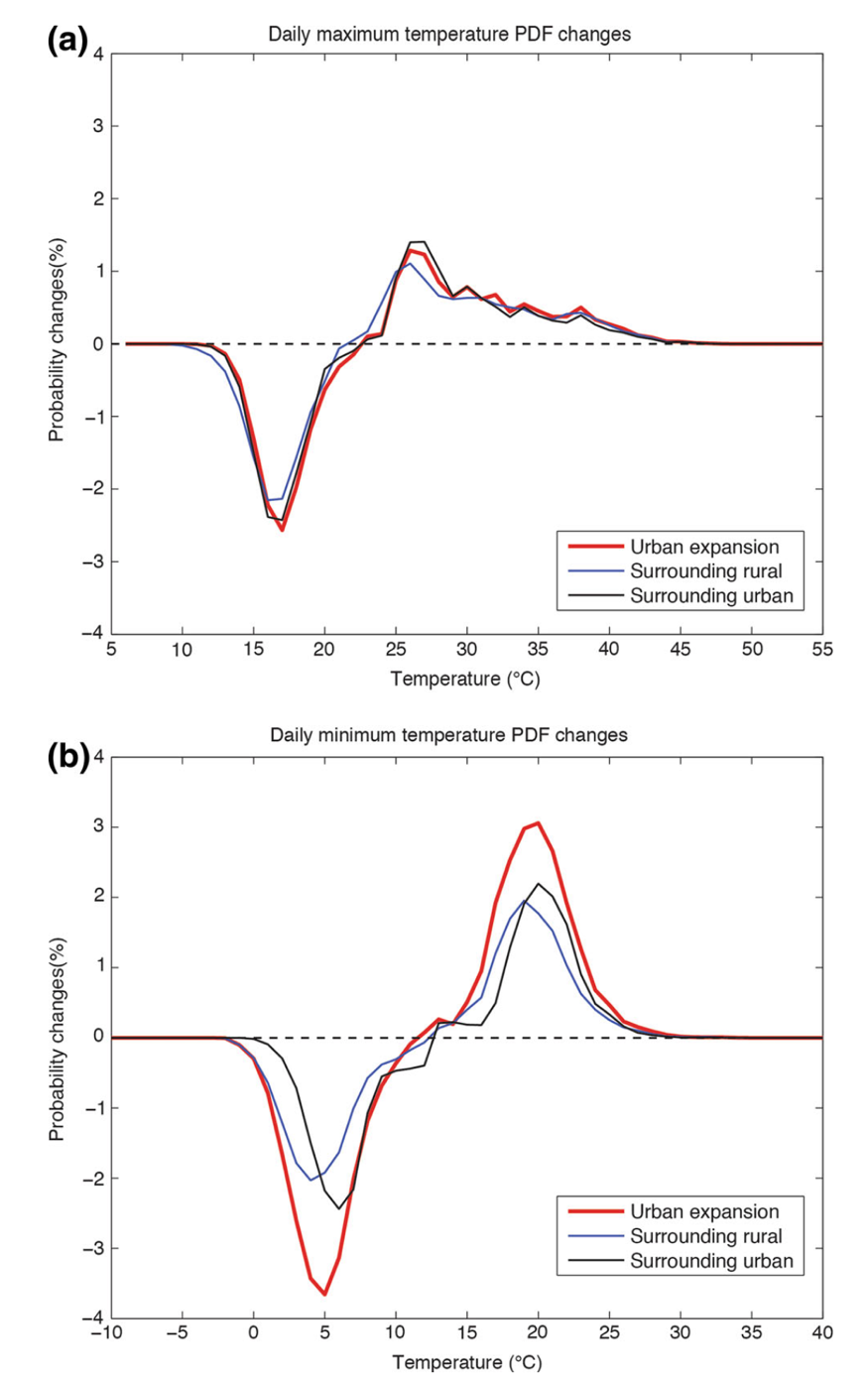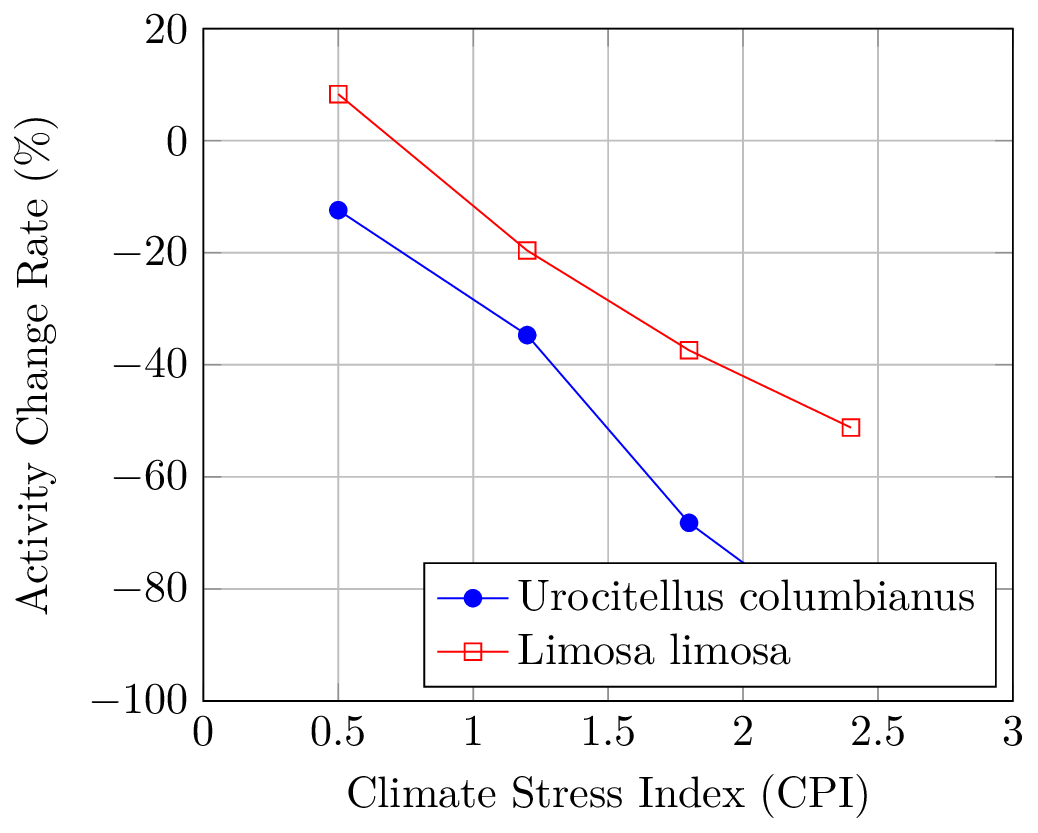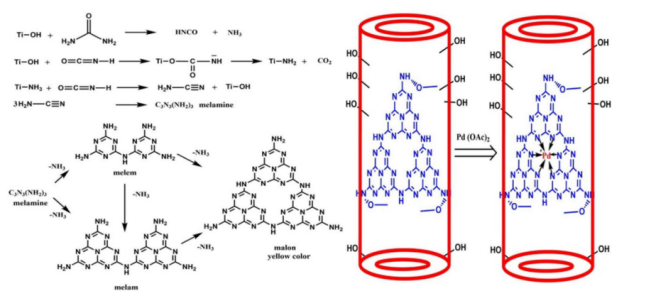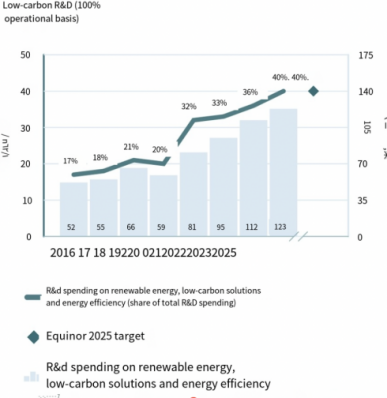

Volume 118
Published on June 2025Volume title: Proceedings of the 3rd International Conference on Environmental Geoscience and Earth Ecology

The resource utilization of decommissioned photovoltaic (PV) modules is the final stage of the PV industry chain and a critical step toward achieving sustainable development. Addressing the challenge of removing the encapsulation layer (EVA film) during the recycling process of retired PV modules, this study calculates the acetic acid content using thermogravimetric analysis (TGA) to clarify the thermal stability of EVA films under high-temperature conditions. Based on the thermal weight loss behavior of EVA films at four different heating rates (5 °C/min, 10 °C/min, 15 °C/min, and 20 °C/min), key parameters such as the onset and completion temperatures of pyrolysis and the temperature at maximum weight loss were determined. The Flynn-Wall-Ozawa method was used to construct a pyrolysis kinetic model, segmenting the pyrolysis reaction into different stages. Linear regression analysis was conducted at nine reaction conversion points to calculate the variation in activation energy across different stages. The results show that the vinyl acetate content in EVA films from decommissioned PV modules is significantly lower than the standard range, indicating reduced thermal stability. The pyrolysis process achieves a mass loss of over 95%, demonstrating the effectiveness of pyrolytic removal. As the heating rate increases, the thermogravimetric curve shifts toward higher temperatures, attributed to temperature lag caused by differences in heat transfer efficiency. According to the kinetic model, EVA pyrolysis can be divided into two stages: the first involving deacetylation and side-chain cleavage, and the second involving main-chain scission. The activation energy in the second stage is significantly higher than in the first, indicating that decomposition of the EVA main chain requires more energy.

 View pdf
View pdf



As time elapses, a growing number of countries have either experienced urbanization or are currently in the process of it. Urbanization is a process typified by the growth of economic activities and the increase in population density within urban areas.This transformation can significantly drive economic growth, foster innovation, and promote societal progress. However, it also brings about various environmental impacts, both positive and negative. Sustainable management of these changes is necessary to maintain a balance between urban expansion and ecological preservation. Although urbanization is an unavoidable and frequently advantageous process, its long-term viability hinges on people's capacity to manage it responsibly. This study analyzes the multifaceted environmental changes accompanying urbanization, focusing on aspects such as air quality, water resources, land use, and biodiversity. By embracing sustainable development pathways, policymakers, planners, and communities can forge resilient, equitable, and eco-friendly cities in an era of accelerating urbanization.

 View pdf
View pdf


Climate change creates challenges to plant ecosystems worldwide by altering global temperature and atmospheric CO2concentrations. This study investigates how climate change influences seagrass metabolism, temperate phenology, and developmental traits across diverse taxa. Drawing on published temperature‐response curves for Zostera marina, long‐term phenological datasets for temperate trees, and controlled experiments on CO2enrichment. This essay synthesizes findings on metabolic balance, seasonal timing, and morphological adjustments. Results indicate that rising water temperatures reduce the photosynthesis‐to‐respiration ratio in eelgrass, thereby constraining growth; 72% of temperate species show significant spring phenological advancement at a rate of approximately one day per decade; and elevated global CO2concentration enhances leaf cell expansion, root branching, and stomata regulation via gene‐mediated pathways. These responses vary with species’ thermal tolerances and vernalization requirements, causing heterogeneous shifts in distribution and productivity. This essay highlights that multifactorial interactions—temperature, CO2and water availability—must be integrated to forecast plant resilience accurately. By bridging ecophysiological experiments with regional modeling, this work highlights critical knowledge gaps in phenological drivers. These insights advance the ability to anticipate climate‐driven vegetation changes and inform adaptive conservation strategies.

 View pdf
View pdf



Global climate change exacerbates extreme weather events, posing multi-dimensional challenges to the survival of wildlife. This study systematically reveals the behavioral adaptation mechanisms and evolutionary trajectories of species in response to climate stress by constructing a multi-scale analysis framework. By integrating relevant data such as satellite tracking, biotelemetry, and metagenomic technology, and using a logistic regression algorithm to fit the model, population dynamics can be effectively predicted. It was found that animals buffer climate shocks through multi-dimensional strategies such as behavioral adjustment (such as reverse migration), physiological regulation (such as metabolic rate optimization), and microbiome reconstruction. Studies have confirmed that short-term adaptation depends on individual immediate responses, while long-term evolution involves changes in gene frequencies and ecosystem cascade effects. This analysis enables the establishment of a real-time assessment system to achieve minute-level ecological early warnings, provides theoretical support for optimizing protected area networks and formulating climate resilience management plans, and supports promoting wildlife protection.

 View pdf
View pdf



Organic solvents are widely used in chemical synthesis, yet many of them are environmentally hazardous and account for a significant portion of process waste, highlighting the urgent need to explore greener alternatives. This review provides an overview of the recent advances in using green solvents in organic synthesis, emphasizing their role in reducing environmental impact while maintaining or enhancing synthetic efficiency. Traditional solvents like dichloromethane and toluene pose significant risks to human health and the environment due to their toxicity and volatility. In contrast, green solvents such as water, ionic liquids, supercritical fluids, deep eutectic solvents (DESs), and bio-based solvents offer sustainable alternatives. This article discusses the principles of green solvent design, criteria for selection, and practical applications, including innovative catalysts and reaction media. Challenges such as higher costs and limited availability are addressed, along with future prospects for the development and widespread adoption of greener solvent systems in organic chemistry. Research reveals that many green solvents have played an important role in organic synthesis, but there are still many limitations.

 View pdf
View pdf



This study focuses on Rv2068c blaC β-lactamase, a core drug-resistant protein in Mycobacterium tuberculosis (MTB), which compromises the efficacy of β-lactam antibiotics. After investigation of comprehensive analysis of resistance mechanism of Rv2068c blac β-lactamase using the UniProt database, its three-dimentional structure was predicted using AlphaFold 3. The structural model revealed conserved catalytic motifs, including a serine-active site critical for β-lactam ring hydrolysis. Later on, Rv2068c blaC β-lactamase was compared with other TB drug resistance-related β-lactamase proteins (e.g., GES-5, A0A1X1YXR3), which provided data on the nature and classification of β-lactamases which correlate with substrate specificity and enzymatic stability and along with their structural and functional differences. Additionally, docking studies provide ligand-receptor binding modes and affinities. Docking studies identified ligand-receptor binding modes, with DELAMANID and JSF-3285 exhibiting consistent high-affinity interactions across clusters. These findings underscore BlaC’s role in multidrug resistance and provide a structural framework for designing inhibitors against β-lactamase-mediated antibiotic inactivation.

 View pdf
View pdf


This paper offers an in - depth exploration of surface plasmon resonance (SPR) enzyme biosensors. Biosensors, especially those based on enzymes, are of great significance in modern analysis due to their ability to precisely detect analytes. SPR technology, which is highly sensitive to refractive index changes at the metal - dielectric interface, enables real - time and label - free detection when integrated with enzyme - based biosensors. The working principle of SPR enzyme biosensors relies on the SPR phenomenon and refractive index variations caused by enzyme - substrate reactions. Their structural components, including the sensing chip, optical system, and flow system, are meticulously designed. These biosensors exhibit excellent performance characteristics such as high sensitivity for biomedical detection, which helps in early disease diagnosis; high selectivity in food safety monitoring, allowing for accurate detection of harmful residues; stability in environmental monitoring, withstanding complex environmental conditions; and a short response time in emergency detection. However, challenges like signal interference, enzyme immobilization problems, and complex sample analysis exist. Corresponding solutions, such as anti - fouling coatings, new immobilization technologies, and sample pretreatment, have been proposed. Looking ahead, technological innovations like nanotechnology - enabled sensors and multimodal sensing are expected to further enhance their performance and expand their applications, making SPR enzyme biosensors more crucial in improving human health, environmental protection, and food safety.

 View pdf
View pdf



In light of the global warming crisis, the energy sector is experiencing a significant shift towards decarbonization, with carbon pricing mechanisms being pivotal. This study investigates the effects of carbon tax policies on the oil sector, particularly through the lens of Norway's pioneering implementation of a carbon tax in 1991, using Equinor ASA as a case study. The research emphasizes transition technologies within the oil industry, the carbon tax's influence, and corporate responses to climate policy. Employing a case study methodology, it quantitatively analyzes emissions data from Equinor's Sustainability Report (2016-2023) and International Energy Agency (IEA) statistics, while qualitatively evaluating policy documents and corporate strategies. Findings indicate that the carbon tax significantly affects the oil industry's operational models and strategic planning, with approximately 80% of emissions originating from offshore installations, primarily due to fuel combustion. Confronted with a carbon tax of NOK 1,500 (approximately $130) per ton of CO2, Equinor has adopted measures such as offshore electrification, renewable energy investments, and carbon capture and storage (CCS) technology, resulting in a 25.3% reduction in greenhouse gas emissions from 15.4 million tons in 2016 to 11.5 million tons in 2023.

 View pdf
View pdf


Neurocritical care patients have highly heterogeneous nutritional needs due to metabolic disorders, organ dysfunction, and other pathophysiologic characteristics. Current nutritional support studies mostly focus on the effects of single nutritional formulas or isolated nutrients. Also, there is a lack of systematic comparisons between individualized nutritional interventions and fixed-formula regimens regarding clinical outcomes. This study aimes to investigate the differences in the effects of individualized nutritional interventions and fixed formulas (Jevity, Glucerna) on the improvement of nutritional metabolic indexes in neurocritical care patients. The study included 120 neurologically ill patients, divided into three groups: Jevity, Glucerna, and individualized nutrition. It compared the cystatin/creatinine ratio (SI), albumin, and hemoglobin before and after the 2-week intervention in the three groups. The results show that individualized nutritional support can improve the nutritional status of neurocritical care patients more effectively, but its modulating effect on albumin and long-term prognosis still need to be verified by large-sample studies.

 View pdf
View pdf


Electrochemical technology has demonstrated significant advantages in water pollution treatment by virtue of its efficient redox reaction and flexible control characteristics. This paper systematically discusses the principles and applications of electrocoagulation (EC), electrooxidation (EO) and electro-flotation (EF): electro-flocculation generates hydroxide colloid adsorption of pollutants through the dissolution of the metal anode, and the removal rate of heavy metals (Pb²⁺, Cd²⁺, Cu²⁺) reaches more than 98%; electro-oxidation degrades difficult-to-biodegrade organics with the help of hydroxyl radicals (-OH), and the removal of dyestuff wastewater can reach over 98%. Electro-oxidation with the help of hydroxyl radicals (-OH) to degrade difficult-to-degrade organic matter, the COD and color removal rate of dyestuff wastewater is more than 80%; Electro-flotation using micro-bubbles to achieve high-efficiency separation of emulsified oils and colloidal particles. The synergistic process (e.g., EC-EF) can remove heavy metals and organics simultaneously, and the reduction rate of chromaticity and COD of printing and dyeing wastewater reaches 92.9% and 88.9%, respectively. However, the high cost of electrodes, high energy consumption and scale-up bottlenecks constrain its development. In the future, we need to focus on the development of low-cost electrode materials, multi-technology coupling (e.g., electrochemical-photocatalytic) and intelligent control, in order to promote electrochemical technology in the direction of zero industrial wastewater discharge and resource transformation, and help the sustainable management of water pollution.

 View pdf
View pdf




